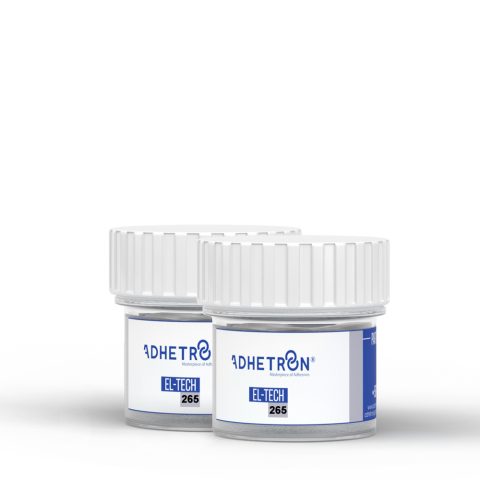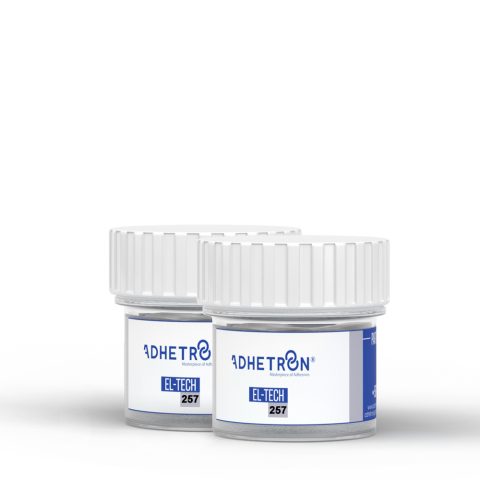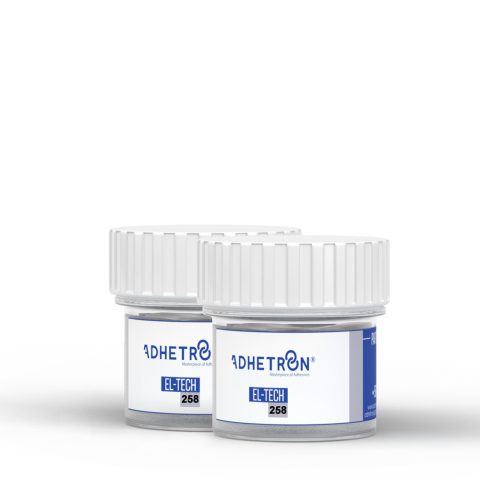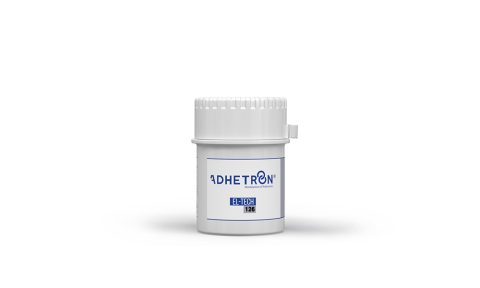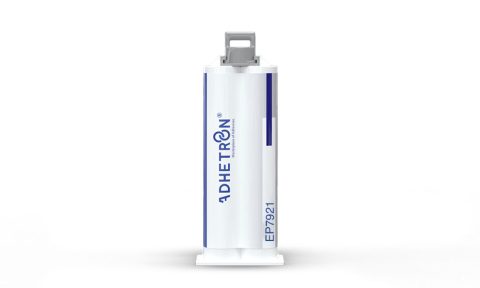What is viscosity?
Viscosity is a term that describes the resistance or fluidity of a liquid. The viscosity of a liquid depends on the way molecules work together and the amount of internal friction. Viscosity affects the flow rate of the liquid and determines the density of the liquid.The higher the viscosity of a liquid, the harder it is to flow. For example, a thick liquid like honey has a high viscosity, so it is slower to flow. However, a thin liquid like water has a low viscosity and flows more easily. Viscosity is based on the internal friction of a liquid. At the molecular level, molecules moving in a liquid collide with each other and friction occurs. This friction is the factor that determines the viscosity of the liquid.
The importance of viscosity arises in various industries. For example, in the automotive industry, the viscosity of engine oil can affect the performance of the engine. Also, in the pharmaceutical industry, viscosity can affect the injection and absorption rates of drugs.
Viscosity Measurement and Units
Viscosity is an important property that refers to the flow resistance of a liquid. The viscosity of liquids occurs due to molecular friction and plays a major role in many industrial applications. Accurately measuring and expressing viscosity is critical in engineering processes across various industries. Viscosity is usually measured in two different ways: kinematic viscosity and dynamic viscosity. Kinematic viscosity is the type of viscosity that determines the flow rate of a fluid. It is usually used for thinner liquids and is most commonly measured with instruments such as the “Saybolt Inspection” or “Kinematic Viscosity Tester”. These tests assess the ability of a liquid to travel a certain distance in a given amount of time. Dynamic viscosity measures the internal friction of a liquid. This is used to determine the viscosity of thicker and denser liquids. Dynamic viscosity measurement is usually performed with specialized instruments such as a “Brookfield Viscometer” or “Rotational Viscometer”. In these tests, viscosity values are obtained by measuring the force applied against the fluidity of the liquid.
Viscosity units usually vary depending on the measurement method and the instruments used. Kinematic viscosity is usually expressed as “SSU” (Saybolt Second Universal) or “cSt” (centistoke). Dynamic viscosity is expressed in “Poise” or more commonly in “Pascal-Seconds” (Pa-s). The viscosity of liquids is important for controlling fluidity in many industrial processes. For example, in the process of conversion from crude oil to various products in oil refineries, appropriate viscosity values ensure efficient operation of reactors and pipelines. In addition, viscosity control is of great importance in many sectors such as pharmaceutical production, food processing, automotive and chemical industries.
Factors Affecting the Viscosity of Liquids
Liquids have a property called viscosity, which determines the flow property of a substance. Viscosity refers to the internal resistance of a liquid, which determines how the liquid will flow. There are some factors that affect the viscosity of liquids and they are related to the physical properties of the liquid. The primary factor is temperature. Generally, the viscosity of liquids decreases as the temperature increases. Therefore, a hot liquid tends to have a lower viscosity and flows more easily. This is because as the temperature increases, the mobility of molecules increases and the internal resistance of the liquid decreases. For example, a dense liquid such as honey becomes thicker and more viscous when it cools, while it becomes more fluid when heated. The second important factor is the composition and structural properties of the liquid. The chemical structure, molecular arrangement and molecular size of a liquid can have a big impact on viscosity. For example, a liquid composed of long-chain polymers can have a higher viscosity because these chains are harder to move. Also, friction between molecules can affect viscosity.
Finally, pressure is also a factor that affects the viscosity of liquids. Under high pressure, liquid molecules are packed more tightly, which can increase viscosity. As the pressure increases, the frictional force between the molecules increases and thus impedes the flow of the liquid. These factors affecting the viscosity of liquids are important in many fields, from industrial applications to natural phenomena. For example, in the chemical industry, viscosity control is a critical factor for the efficiency of production and mixing processes. Likewise, in the petroleum industry, viscosity is a property that must be considered during the transportation and processing of crude oil.
Differences between High and Low Viscosity
Viscosity is an important property that expresses the flow resistance of a fluid. The differences between high and low viscosity fluids play an important role in many industrial applications. In this article, we will discuss the differences between high and low viscosity in detail. High viscosity liquids are thick, dense liquids with little viscosity. The molecules of such liquids are very tightly bound together and have low viscosity. For example, honey, molasses or vegetable oils are examples of high viscosity liquids. Such liquids flow more slowly and usually require a stronger force. Low viscosity liquids are thin, light and highly viscous. The bonds between molecules are weaker, which makes the liquid flow more easily. For example, water, alcohol or gasoline are examples of low viscosity liquids. Such liquids flow more quickly and require less force.
High viscosity liquids are usually denser, which makes them less volatile. For this reason, high viscosity liquids are often used like adhesives or oils. For example, like engine oil in an automobile. Low viscosity liquids are less dense and more volatile. Such liquids are often used in applications such as cleaning products, sprays or fuels. The differences between high and low viscosity play an important role in industrial processes. For example, a low viscosity fluid may be preferred for a process that requires fluidity on a production line, while a high viscosity fluid may be preferred in situations such as lubricating a bearing.

